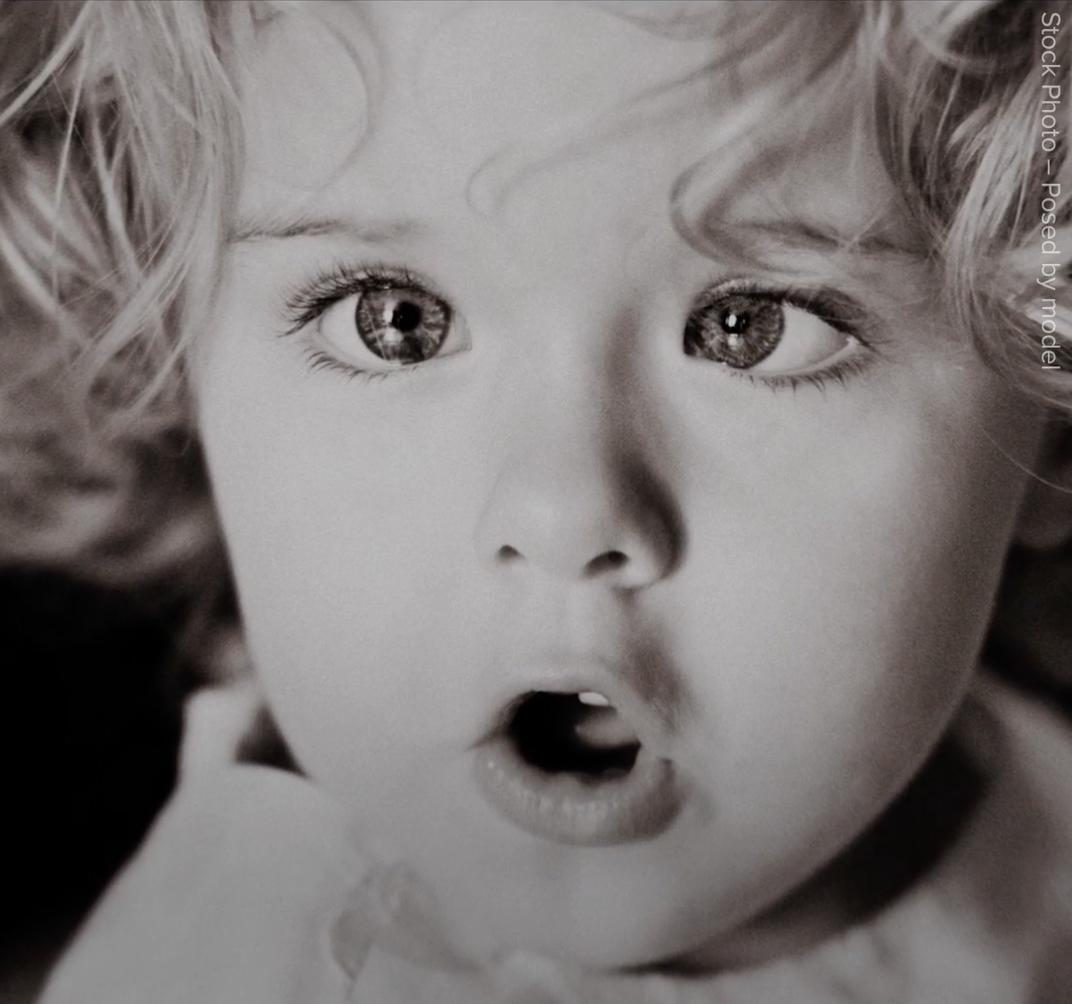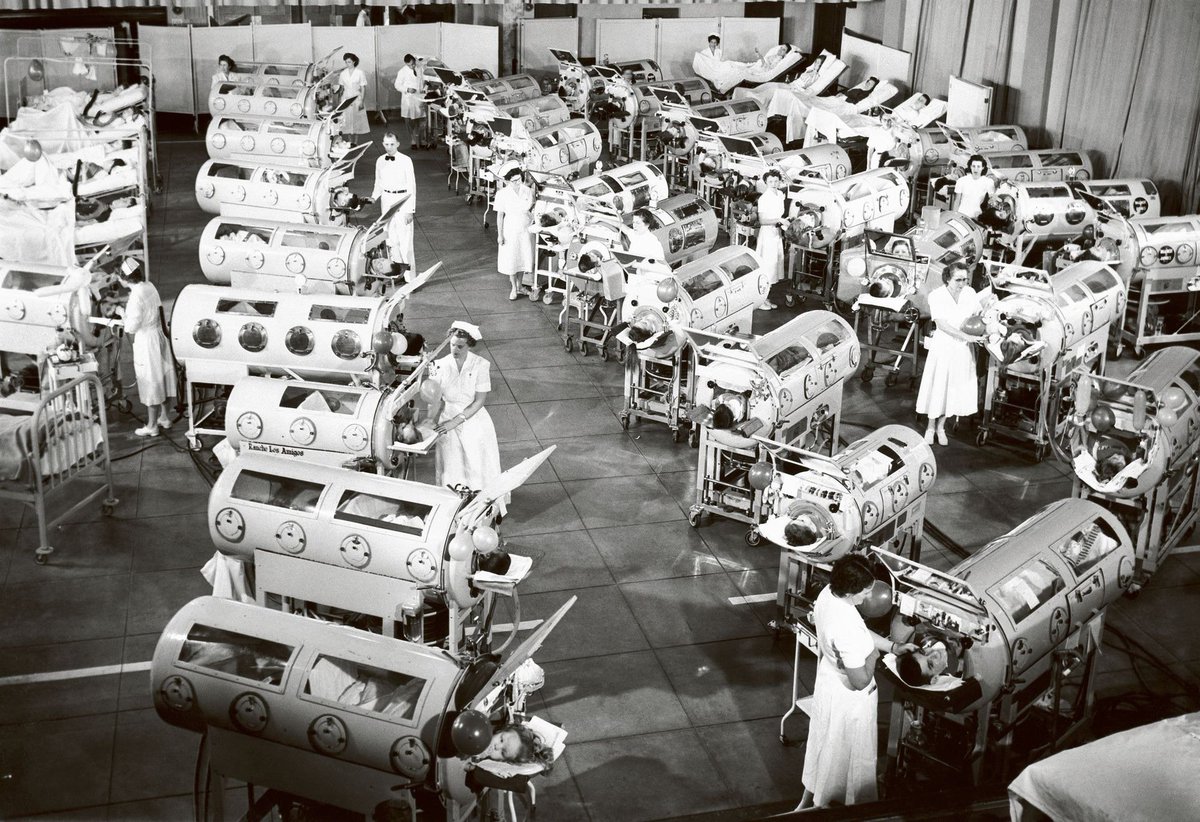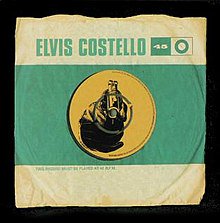Recurrent 6th nerve palsy in a child following different live attenuated vaccines: case report:
ncbi.nlm.nih.gov/pmc/articles/P…

Partial third nerve palsy after Measles Mumps Rubella vaccination
ncbi.nlm.nih.gov/pmc/articles/P…

The Relationship Between Facial Nerve Palsy and Vaccination:
n.neurology.org/content/90/15_…

Transient facial palsy following administration of Hepatitis B vaccine:
nature.com/articles/sj.bd…

Bell’s Palsy as a Possible Complication of Hepatitis B Vaccination in A Child
bioline.org.br/pdf?hn09071

Bell's Palsy after Gardasil Vaccine:
aaopt.org/detail/knowled…



If your 11th cranial nerve develops a problem, you won't be able to hold your head up straight—called torticollis.
ncbi.nlm.nih.gov/pmc/articles/P…

amazon.com/gp/product/198…






















